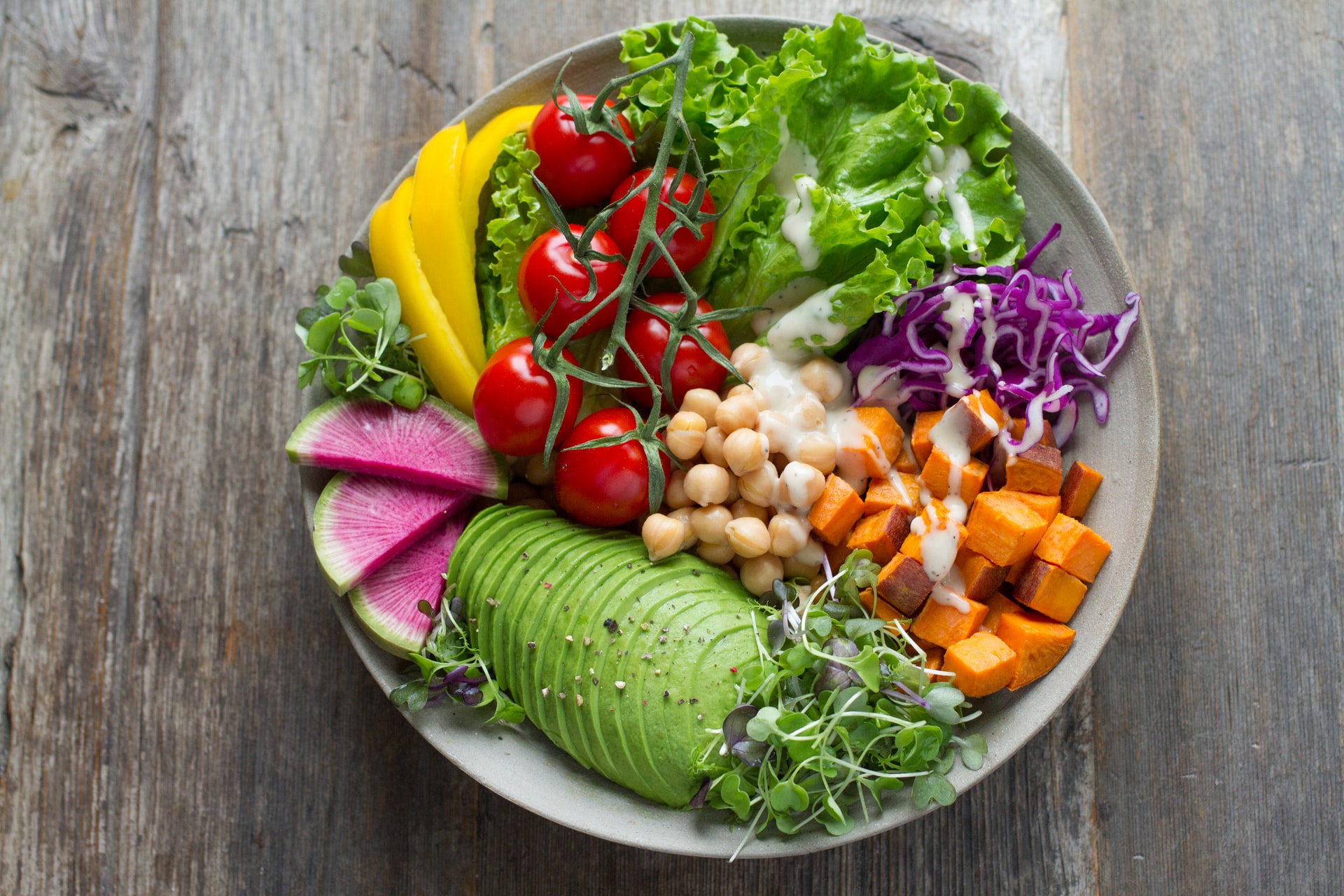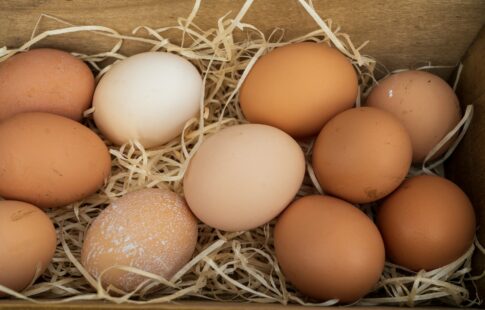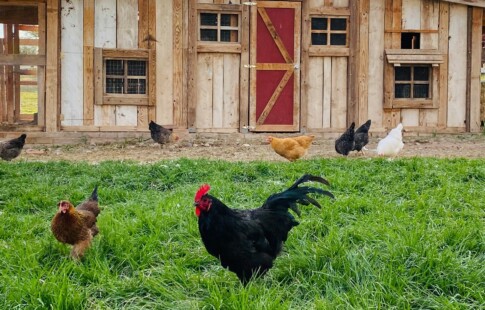
Flexitarian Meal Plan for Beginners: 7 Tips
We are reader-supported. When you buy through links on our site, we may earn affiliate commission.
If you’re looking for a healthier, environmentally friendly diet, then the flexitarian diet can be an excellent fit. This diet has become popular in the last decade because of a dietitian named Dawn Jackson Blatner.
The flexitarian diet consists mainly of fruits, vegetables and whole grains with reduced meat consumption. The diet can be a healthy change for many, and it’s great for the environment. Here are seven tips on starting a flexitarian meal plan for beginners.
1. Start Slowly
Switching diets after so many years of your current diet can be tricky. It’s essential to give yourself time to adapt. Changing cold turkey can be very challenging and discouraging for some if they have trouble succeeding. Because this diet calls for eating less meat, try experimenting with a vegetarian meal at home or in a restaurant. Then you’ll better understand what you want to do moving forward.
2. Reduce Meat Consumption Over Time
Before starting the flexitarian diet, you can start by reviewing your meat consumption in a typical week and measuring by the number of ounces. This number will give you a good starting point for adjusting your weekly meal plan.
Most people on the flexitarian diet eat between nine and 28 ounces of meat per week. For beginners, try making a meatless dinner twice a week and experimenting with different recipes. When ready, add a third meatless dinner and do the same for your lunches and breakfasts. Easing into a flexitarian meal plan is great for beginners because it offers flexibility. There’s not a singular way to do it.
3. Try New Protein Sources
A vital component of the flexitarian diet is reducing meat consumption while adding non-meat protein to your diet. You can still have chicken, fish and other seafood if you like them. But, there are a lot of meat alternatives out there that taste delicious and are full of nutritional benefits, including:
- Seitan: Seitan is one of the most popular vegan options for protein. You can make seitan from only two ingredients: wheat flour and water. Mix them to make a dough, and then rinse it to drain the starch. Then, you have a ball of gluten protein.
- Black Beans: Beans are an excellent option for flexitarians because they’re nutritious and an easy meat substitute. Black beans, in particular, are great for flexitarians because they have almost nine grams of protein and fiber per 100 grams. If you eat canned black beans, try to find reduced-sodium cans.
- Tofu: Tofu comes from soybeans, another popular plant-based protein source. Like seitan, tofu is popular in East Asian dishes, making it a popular vegan option in dishes like stir fry. One of the best parts about tofu is it absorbs the flavor of any sauce and foods you mix with it. You’ll find it to be a flexible food in a flexible diet.
4. Eat More Whole Grains
Changing your diet to include more whole grains is one of the most manageable parts of transitioning to a flexitarian meal plan for beginners. You may already have bread, pasta, popcorn, oatmeal, and rice in your kitchen. These are all examples of grains you eat regularly. To adjust to the flexitarian diet, look for whole-grain options for bread and pasta at the store.
Whole-grain foods are more nutritious than their refined grain counterparts. They have more fiber, which helps you feel satiated after eating because it takes longer for your body to digest. Whole grains can also lower the risk of heart disease and other health risks.
5. Split Up Your Plate
A significant benefit of the flexitarian diet is the way it advocates for balanced meals when you eat. A balanced diet consists of proteins, fats and carbohydrates. This rule of thumb is good for creating your meal plan every week. One way to make meal planning easier is to picture your plate and divide it into three sections.
Start by making half your plate contain vegetables. When you eat vegetables, you can eat these at a higher volume than other foods and still maintain a healthy number of calories on your plate. For the other half, divide your plate into two sections for protein and carbs. This method will help you keep your portion size of meat small and keep you on track for your meat goals for the week.
6. Eat Fewer Processed Meats
The flexitarian meal plan is great because of its inclusivity. Vegetarians, vegans, meat-lovers and everyone in between can enjoy this diet. Flexitarians embrace meat instead of discouraging it. When you eat it, get your meat from the best sources possible. The meat and dairy industries negatively affect the environment, contributing around 60% of agricultural greenhouse gas emissions.
For example, you can start by buying wild-caught fish from a local store. Your poultry, such as chicken and eggs, can come from free-range or pasture-raised animals. Grass-fed beef has more vitamins and antioxidants than grain-fed beef, and it has less saturated fat.
These small changes can improve your diet and be more sustainable for the environment. Though you can enjoy them in moderation, you should reduce your intake of processed meats like sausage, bacon, and similar foods.
7. Grow Your Food
Growing your own food is one of the best ways to incorporate the flexitarian meal plan into your diet. This meal plan calls for a lot of fruits and vegetables, so having them readily available in your backyard makes this diet more sustainable for you and the environment.
Research your area’s climate to see what plants grow best in the area. Growing food at home means fewer trips to the grocery store, saving you money in the long run. If you find yourself with an extra amount of food, don’t let it go to waste. Share with friends, donate it, or round up the crops and sell them at a farmers market.
Flexitarian Meal Plan for Beginners
Switching your diet can be challenging, especially if you’ve been keeping a similar meal plan for much of your life. The flexitarian diet is a good meal plan because it allows for much flexibility. You can still eat the foods you like in moderation while adding more fruits, vegetables, whole-grain foods, and plant-based proteins. The diet has health benefits, and you can lower help the environment around you by trying a flexitarian meal plan.
Share on
Like what you read? Join other Environment.co readers!
Get the latest updates on our planet by subscribing to the Environment.co newsletter!
About the author
Steve Russell
Steve is the Managing Editor of Environment.co and regularly contributes articles related to wildlife, biodiversity, and recycling. His passions include wildlife photography and bird watching.





